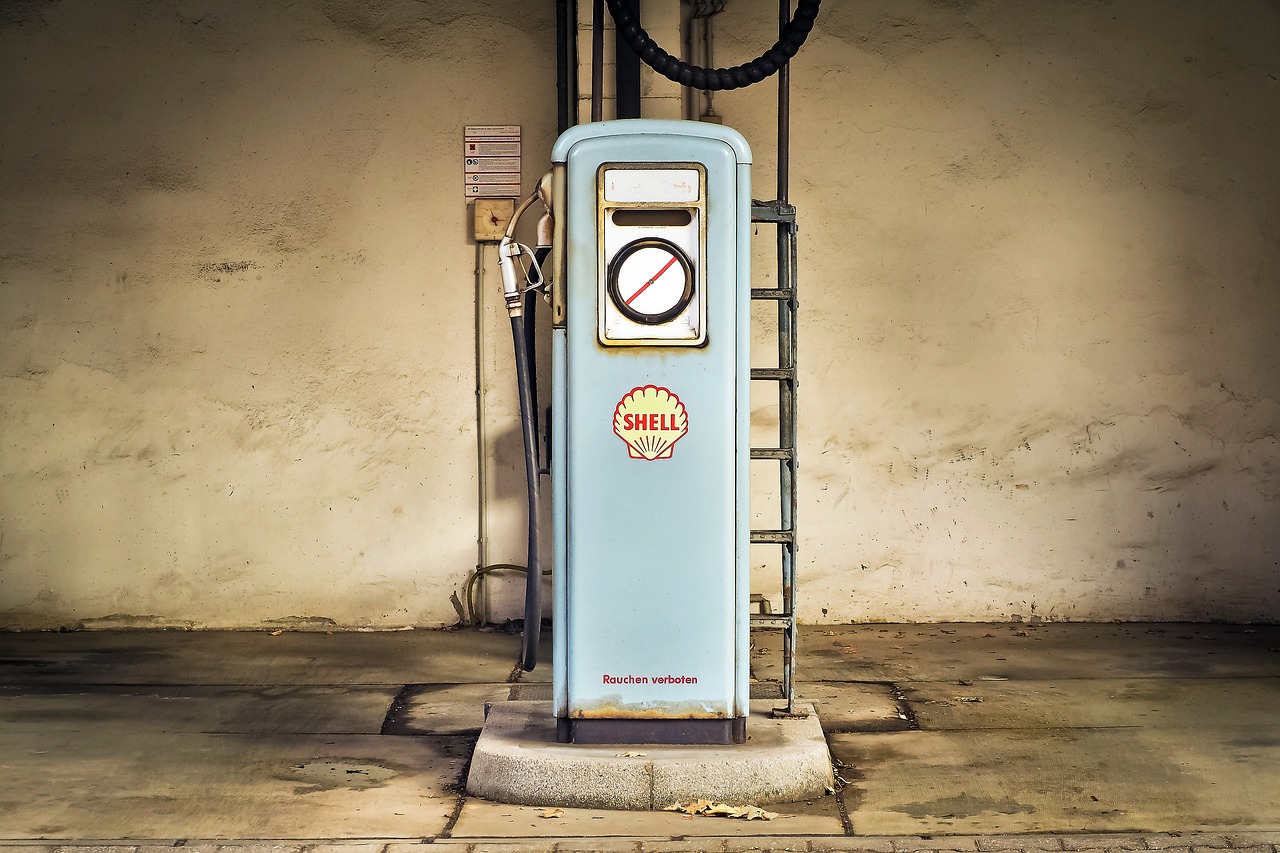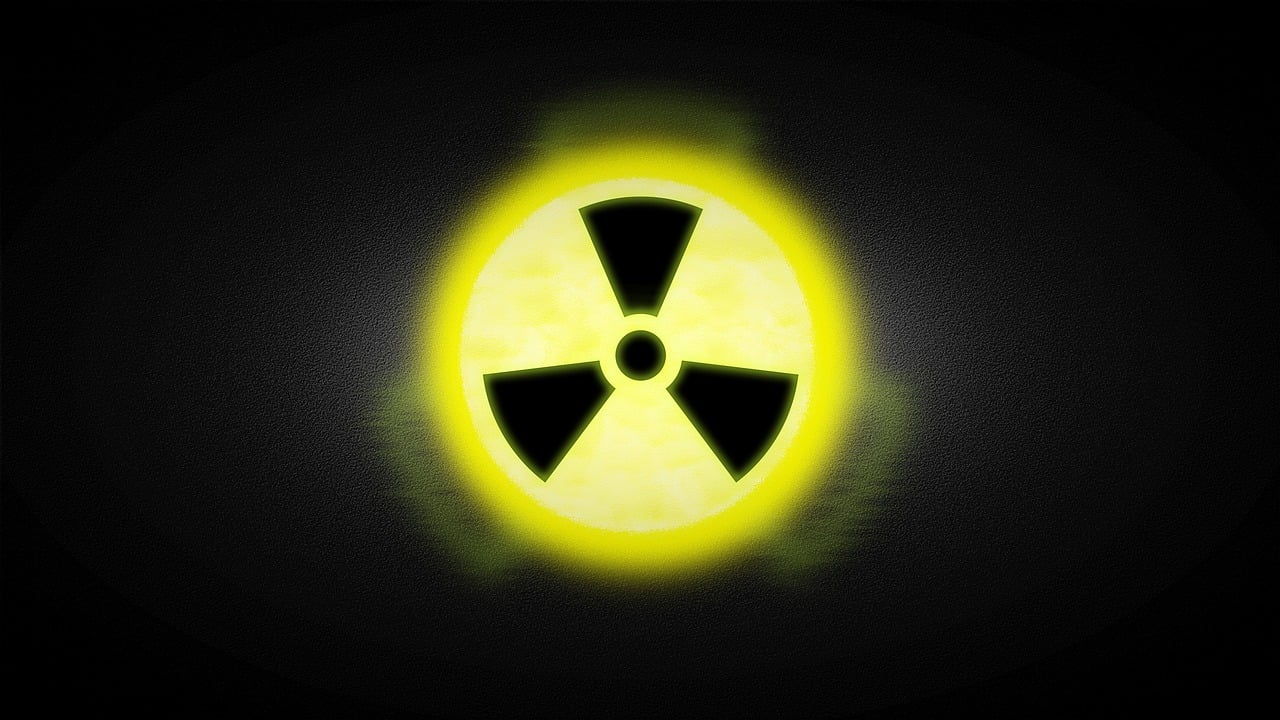Introduction
In the dynamic landscape of alternative fuels, natural gas has emerged as a promising contender, offering a cleaner and more sustainable energy option. Within the realm of natural gas, two distinct forms, LNG (Liquefied Natural Gas) and CNG (Compressed Natural Gas), have taken center stage. Despite sharing a common origin, these two forms differ significantly in their physical states, storage methods, and applications. In this article, we delve into the nuances that set LNG and CNG apart, exploring their respective characteristics and roles in the evolving energy landscape.
Physical State: LNG’s Liquid Elegance vs. CNG’s Gaseous Versatility
LNG: Liquefied Natural Gas undergoes a fascinating transformation, transitioning from its gaseous state to a liquid form through cryogenic cooling. At temperatures as low as -260°F (-162°C), natural gas condenses into a highly compact and energy-dense liquid, occupying just 1/600th of its gaseous volume.
CNG: In contrast, Compressed Natural Gas is stored in its gaseous state, compressed under high pressures ranging from 3,000 to 3,600 psi. While remaining in a gaseous state makes it less energy-dense than LNG, CNG’s storage is simpler and more versatile.
Storage and Transportation: The Art of Compression and Liquefaction
LNG: The transportation of LNG involves specialized cryogenic tankers designed to maintain the extremely low temperatures required for its liquid state. This infrastructure allows for long-distance transport and storage, making LNG suitable for applications demanding high energy density.
CNG: CNG, stored in high-pressure cylinders or tanks, simplifies the infrastructure requirements. Its gaseous nature facilitates storage on vehicles or in stationary tanks, making it a convenient choice for applications where space considerations are critical.
Energy Density: LNG’s Compact Power vs. CNG’s Convenience
LNG: Thanks to its liquid form, LNG boasts a higher energy density than CNG. This characteristic makes it an ideal choice for applications where maximizing energy storage in a given volume is crucial, such as in heavy-duty vehicles with longer ranges.
CNG: While CNG has a lower energy density compared to LNG, it still presents a more compact form than uncompressed natural gas, making it a convenient and widely applicable option.
Infrastructure and Dispensing: Tailoring to Unique Needs
LNG: The infrastructure for handling LNG is specialized and includes facilities for liquefaction, transportation, and regasification. Dispensing LNG to vehicles requires specific equipment, and regasification is typically performed at the point of use.
CNG: CNG enjoys a more widespread infrastructure, with refueling stations resembling those for traditional fuels. Compressors fill up CNG vehicles directly from the gas grid, offering a dispensing process familiar to users of conventional fuels.
Vehicle Applications: Tailoring to the Road Ahead
LNG: LNG finds its niche in heavy-duty vehicles such as trucks and buses, where its higher energy density supports longer ranges and higher fuel capacities. It is also employed in marine applications.
CNG: CNG is commonly used in light-duty and medium-duty vehicles, including cars, vans, and certain buses. Its versatility extends to stationary applications, such as heating and power generation.
Conclusion: Embracing Diverse Paths in the Natural Gas Journey
In the fascinating world of natural gas, the differences between LNG and CNG illustrate the versatility and adaptability of this clean energy source. Whether in its liquefied elegance or gaseous form, natural gas, in its various states, is steering the course toward a greener and more sustainable future. As technological advancements continue, both LNG and CNG will play pivotal roles, catering to unique applications and contributing to the ongoing evolution of our energy landscape.















